-
 bitcoin
bitcoin $122659.385674 USD
0.52% -
 ethereum
ethereum $4484.113342 USD
-0.09% -
 bnb
bnb $1304.229256 USD
-0.85% -
 tether
tether $1.000204 USD
-0.03% -
 xrp
xrp $2.860636 USD
-0.51% -
 solana
solana $227.288799 USD
2.36% -
 usd-coin
usd-coin $0.999805 USD
0.01% -
 dogecoin
dogecoin $0.252837 USD
1.18% -
 tron
tron $0.341149 USD
1.12% -
 cardano
cardano $0.830507 USD
0.33% -
 hyperliquid
hyperliquid $45.792319 USD
0.04% -
 chainlink
chainlink $22.422164 USD
1.55% -
 ethena-usde
ethena-usde $1.000283 USD
0.01% -
 sui
sui $3.511389 USD
0.83% -
 stellar
stellar $0.385276 USD
-0.44%
What is DApp?
DApps, decentralized applications built on blockchain, offer censorship resistance and enhanced security compared to traditional apps. However, scalability and user experience remain ongoing challenges.
Mar 07, 2025 at 03:36 am
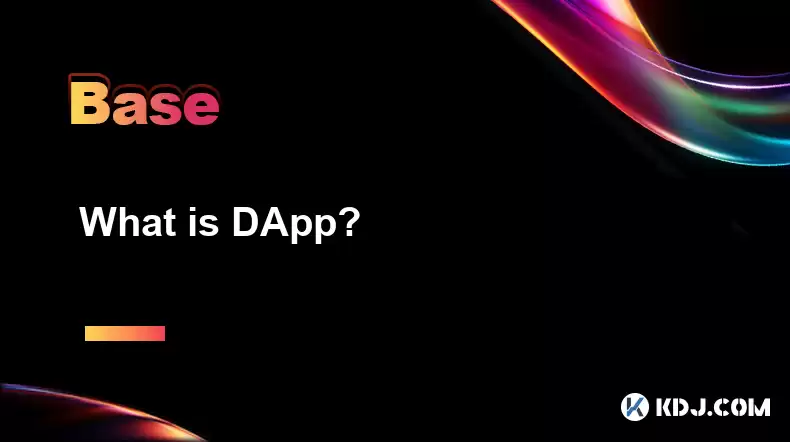
- DApps, or decentralized applications, are applications built on blockchain technology.
- They aim to be censorship-resistant, transparent, and secure.
- Several key differences distinguish DApps from traditional apps.
- Understanding the architecture and functionality of DApps is crucial for navigating the decentralized web.
- Various blockchain platforms support DApp development, each with its own advantages and disadvantages.
- The security and scalability of DApps remain ongoing challenges.
A DApp, or decentralized application, is a software application that runs on a decentralized network, typically a blockchain. Unlike traditional applications that rely on centralized servers, DApps distribute their functionality across multiple nodes, making them resistant to censorship and single points of failure. This decentralization is a core tenet of the DApp philosophy, aiming to empower users and foster trust through transparency.
How does a DApp differ from a traditional app?Several key differences distinguish DApps from their centralized counterparts. Firstly, DApps utilize blockchain technology for data storage and execution, while traditional apps rely on centralized servers owned and controlled by a single entity. Secondly, DApps are often open-source, allowing for community contributions and scrutiny of the codebase, fostering trust and transparency. Traditional apps, in contrast, usually have proprietary code. Finally, DApps typically utilize cryptographic tokens for incentivizing participation and governance, something absent in traditional apps.
What are the core components of a DApp?A functional DApp typically comprises several interconnected components. These include a front-end user interface, which interacts with the user; a smart contract, residing on the blockchain and governing the application's logic; and a decentralized network, providing the infrastructure for the DApp's operation. The interaction between these components is crucial for the DApp's functionality. The front-end is what the user sees and interacts with; the smart contract defines the rules and functionality; and the decentralized network ensures the application's security and availability.
What are some examples of DApps?Numerous DApps exist across various sectors. In the finance sector, decentralized exchanges (DEXs) like Uniswap and SushiSwap allow users to trade cryptocurrencies without intermediaries. In gaming, DApps offer players ownership of in-game assets through NFTs. Decentralized social media platforms aim to give users more control over their data and interactions. Furthermore, decentralized storage solutions like IPFS provide censorship-resistant alternatives to traditional cloud storage. These examples highlight the diverse applications of DApp technology.
How are DApps developed?DApp development requires a deep understanding of blockchain technology and smart contract programming. The process generally involves:
- Choosing a blockchain platform: Ethereum, EOS, and Solana are popular choices, each with its strengths and weaknesses.
- Designing the smart contract: This crucial step defines the application's logic and functionality. Solidity is a commonly used programming language for Ethereum smart contracts.
- Building the front-end: This involves creating the user interface, which allows users to interact with the smart contract. JavaScript frameworks like React and Vue.js are frequently employed.
- Testing and deployment: Rigorous testing is essential to identify and fix bugs before deploying the DApp to the chosen blockchain network.
Despite their potential, DApps face significant challenges. Scalability remains a major hurdle, as many blockchains struggle to handle a large number of transactions. Security is another critical concern, with smart contracts vulnerable to exploits if not carefully designed and audited. User experience is also an ongoing challenge, as interacting with DApps can be more complex than using traditional applications. These challenges require ongoing research and development to overcome.
What are the benefits of using DApps?DApps offer several advantages over traditional applications. Their decentralized nature makes them resistant to censorship and single points of failure. Transparency is enhanced through open-source code and on-chain data. Security is improved through cryptographic techniques. Finally, DApps can empower users by providing greater control over their data and participation in governance.
What blockchain platforms are suitable for DApp development?Several blockchain platforms are popular choices for DApp development. Ethereum, the pioneer of smart contracts, remains a dominant platform. However, other platforms like Solana, EOS, and Polkadot offer improved scalability and performance. The choice of platform often depends on the specific requirements of the DApp, such as transaction speed, cost, and security considerations.
What programming languages are used for DApp development?The choice of programming language depends largely on the selected blockchain platform. Solidity is widely used for Ethereum smart contract development. Other languages include Rust for Solana and C++ for EOS. For the front-end development of DApps, familiar web development languages such as JavaScript, HTML, and CSS are typically used. The front-end is the user interface that interacts with the smart contract on the blockchain.
Common Questions and Answers:Q: Are DApps truly decentralized?A: While aiming for decentralization, many DApps rely on centralized services for aspects like hosting the front-end or providing certain functionalities. True decentralization is a spectrum, and the degree of decentralization varies between different DApps.
Q: Are DApps secure?A: DApp security depends heavily on the quality of the smart contract code and the robustness of the underlying blockchain. Smart contracts are vulnerable to exploits if poorly written or audited, and vulnerabilities in the blockchain itself can impact the security of DApps.
Q: How can I use a DApp?A: Using a DApp typically requires a cryptocurrency wallet compatible with the blockchain the DApp runs on. You may need to interact with the DApp through a web browser or a dedicated application. Specific instructions vary depending on the DApp.
Q: What is the future of DApps?A: The future of DApps is closely tied to the evolution of blockchain technology. Improvements in scalability, security, and user experience will be crucial for wider adoption. The integration of DApps into various aspects of daily life is a potential future development.
Disclaimer:info@kdj.com
The information provided is not trading advice. kdj.com does not assume any responsibility for any investments made based on the information provided in this article. Cryptocurrencies are highly volatile and it is highly recommended that you invest with caution after thorough research!
If you believe that the content used on this website infringes your copyright, please contact us immediately (info@kdj.com) and we will delete it promptly.
- XRP Transfer, Altcoin Rally, and Crypto Movement: What's Shakin' in the Crypto Space?
- 2025-10-09 15:05:12
- BNB Chain Memecoin Goldmine: Hype or Sustainable Growth?
- 2025-10-09 15:05:12
- XRP, ASTER Surge, and Crypto Presales: What's the Haps?
- 2025-10-09 15:10:01
- XRP Treasuries Soar as Reliance Global Joins the Party: A New Era for Corporate Reserves?
- 2025-10-09 15:10:01
- XRP ETF Hopes and Binance's Crypto Reserves: What's the Buzz?
- 2025-10-09 15:10:01
- YZi Labs' Billion-Dollar Bet: Fueling the BNB Ecosystem's Future
- 2025-10-09 15:10:13
Related knowledge

How does cryptocurrency achieve decentralization?
Sep 30,2025 at 04:37am
Understanding the Foundation of Decentralization in Cryptocurrency1. Cryptocurrency achieves decentralization primarily through the use of blockchain ...
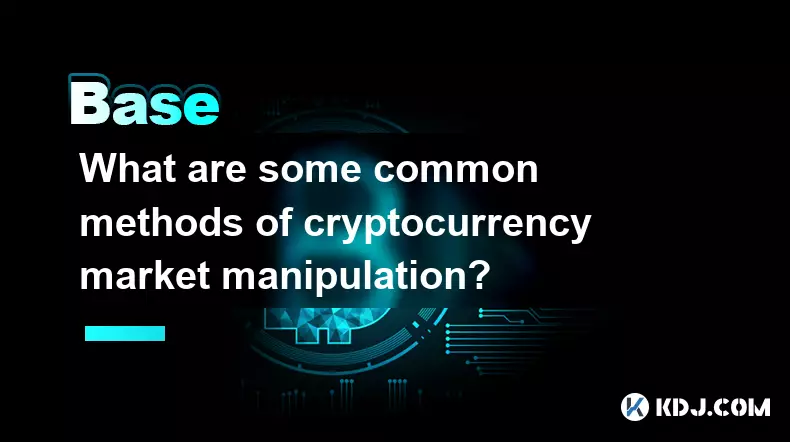
What are some common methods of cryptocurrency market manipulation?
Sep 27,2025 at 02:55am
Wash Trading and Its Impact on Market Perception1. Wash trading involves an individual or entity simultaneously buying and selling the same cryptocurr...
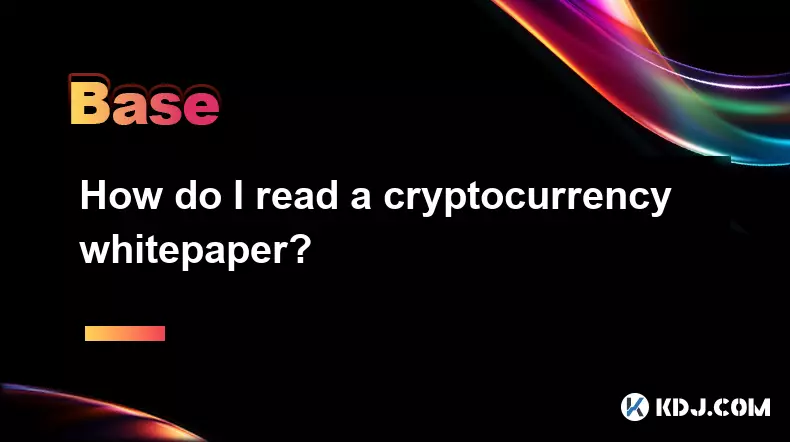
How do I read a cryptocurrency whitepaper?
Sep 27,2025 at 05:54am
Understanding the Structure of a Cryptocurrency Whitepaper1. Begin by identifying the executive summary, which outlines the project’s core vision and ...
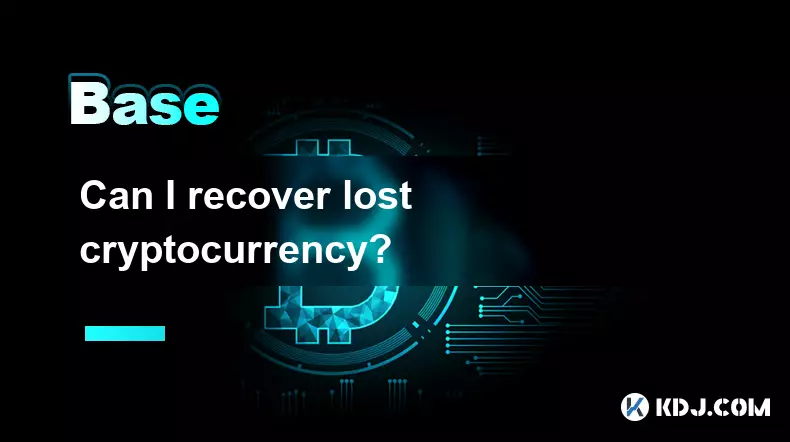
Can I recover lost cryptocurrency?
Sep 25,2025 at 08:18am
Understanding the Nature of Cryptocurrency Loss1. Cryptocurrency operates on decentralized networks, meaning there is no central authority to reverse ...
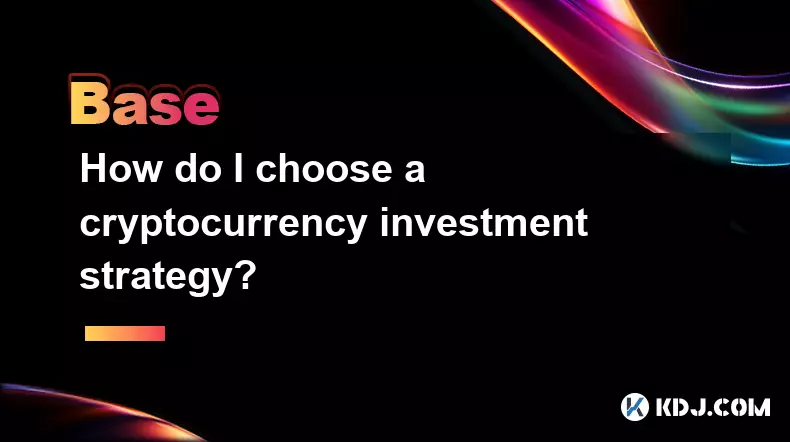
How do I choose a cryptocurrency investment strategy?
Sep 27,2025 at 03:55pm
Understanding Risk Tolerance in Crypto Investing1. Assessing personal risk tolerance is a foundational step when entering the cryptocurrency market. V...
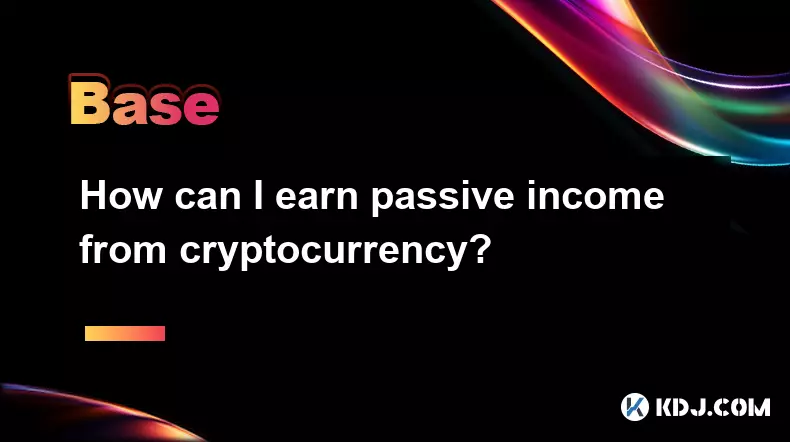
How can I earn passive income from cryptocurrency?
Sep 23,2025 at 10:18am
Staking Cryptocurrencies for Regular Returns1. Many blockchain networks operate on a proof-of-stake (PoS) consensus mechanism, allowing users to earn ...

How does cryptocurrency achieve decentralization?
Sep 30,2025 at 04:37am
Understanding the Foundation of Decentralization in Cryptocurrency1. Cryptocurrency achieves decentralization primarily through the use of blockchain ...

What are some common methods of cryptocurrency market manipulation?
Sep 27,2025 at 02:55am
Wash Trading and Its Impact on Market Perception1. Wash trading involves an individual or entity simultaneously buying and selling the same cryptocurr...

How do I read a cryptocurrency whitepaper?
Sep 27,2025 at 05:54am
Understanding the Structure of a Cryptocurrency Whitepaper1. Begin by identifying the executive summary, which outlines the project’s core vision and ...

Can I recover lost cryptocurrency?
Sep 25,2025 at 08:18am
Understanding the Nature of Cryptocurrency Loss1. Cryptocurrency operates on decentralized networks, meaning there is no central authority to reverse ...

How do I choose a cryptocurrency investment strategy?
Sep 27,2025 at 03:55pm
Understanding Risk Tolerance in Crypto Investing1. Assessing personal risk tolerance is a foundational step when entering the cryptocurrency market. V...

How can I earn passive income from cryptocurrency?
Sep 23,2025 at 10:18am
Staking Cryptocurrencies for Regular Returns1. Many blockchain networks operate on a proof-of-stake (PoS) consensus mechanism, allowing users to earn ...
See all articles










































































